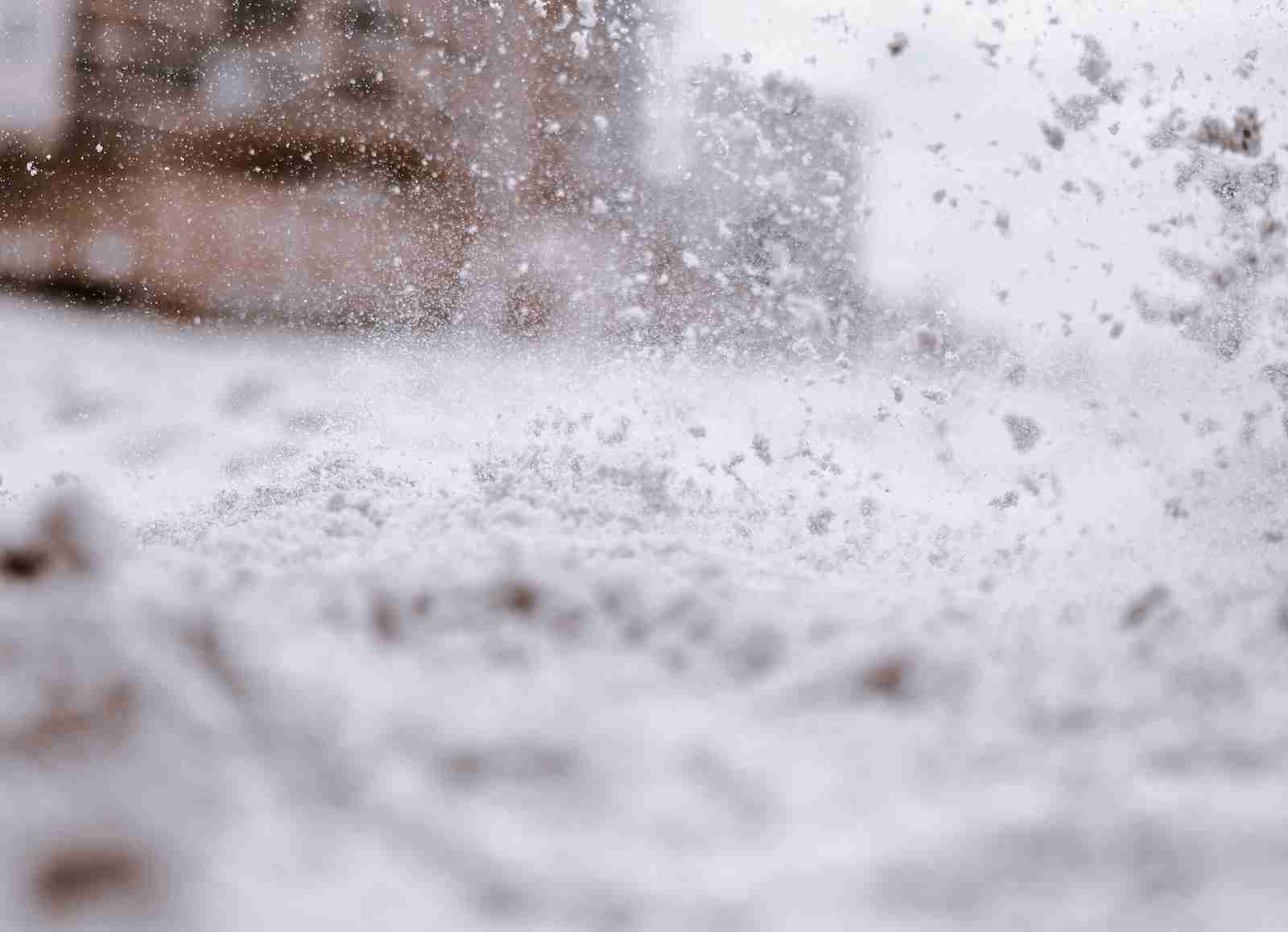26 Fun Facts About Snow | Discover Frosty Phenomena
1. Snow is not actually white.
Snow appears white because it reflects visible light, but it’s actually translucent.
The snow’s structure scatters and reflects light in a way that makes it look white to our eyes.
2. The largest snowflake recorded was 15 inches wide.
The largest snowflake ever recorded was 15 inches (38 cm) in diameter, reported in Montana, USA, in 1887.
This extraordinary size is much larger than the typical snowflake.
3. Snow can insulate like a blanket.
Snow acts as an insulator because it traps air in its structure, helping to maintain a warmer temperature near the ground.
This insulation effect is beneficial for plants and animals in winter.
4. Snowflakes have unique structures.
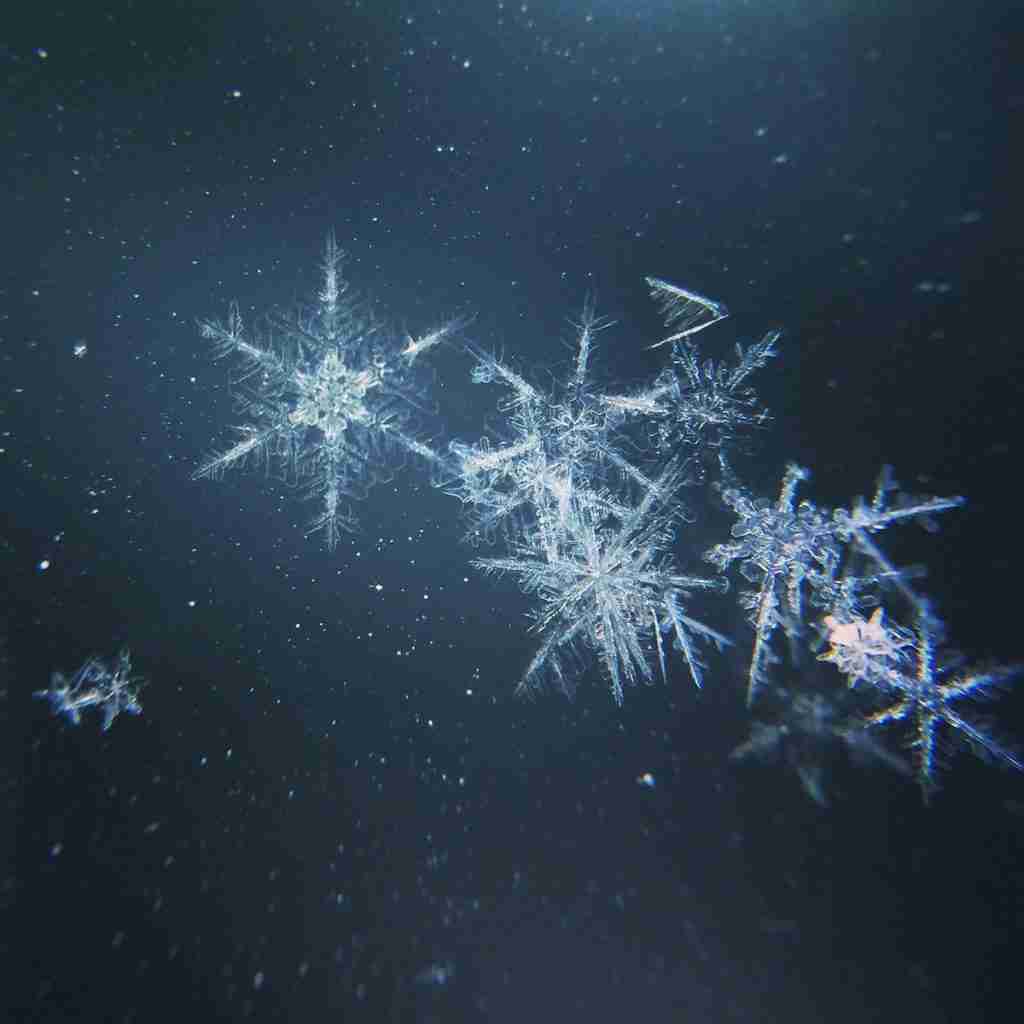
Every snowflake has a unique structure, and no two are exactly alike.
This uniqueness is due to the countless ways water molecules can arrange themselves as they freeze.
5. The World’s Largest Snowman Stood Over 122 Feet Tall, Revealing Fun Facts About Snow.
Built in Maine, USA, in 2008, the world’s largest snowman stood at 122 feet and 1 inch tall.
This record-breaking snowman was named Olympia after the state’s senator.
6. Some cultures have many words for snow.
Cultures in snowy regions, like the Inuit, have multiple words to describe different types of snow.
This linguistic diversity reflects the importance and prevalence of snow in their daily lives.
7. There are various types of snow.
Snow can form in different shapes and textures, from powdery to wet and compact.
The type of snow depends on the temperature and humidity when it forms.
8. Snowflakes form in hexagonal shapes.
Snowflakes typically have a hexagonal shape due to the way water molecules bond when they freeze.
This hexagonal structure leads to the snowflake’s intricate and symmetrical patterns.
9. Snow can create soundproofing effects.
A blanket of snow can absorb sound, creating a hushed, quieter environment after a snowfall.
This soundproofing effect contributes to the peaceful ambiance of a snowy landscape.
10. What is the connection between dwarfs and Snow White?
The dwarfs, such as Grumpy and Sleepy, are characters from the fairy tale “Snow White and the Seven Dwarfs.”
They befriend Snow White in the story.
11. Heavy snowfall can impact ecosystems.
While snow is essential for many ecosystems, unusually heavy snowfall can have disruptive effects on wildlife and vegetation.
These impacts can range from altered habitat conditions to challenges in food availability.
12. Snow has been observed on other planets.
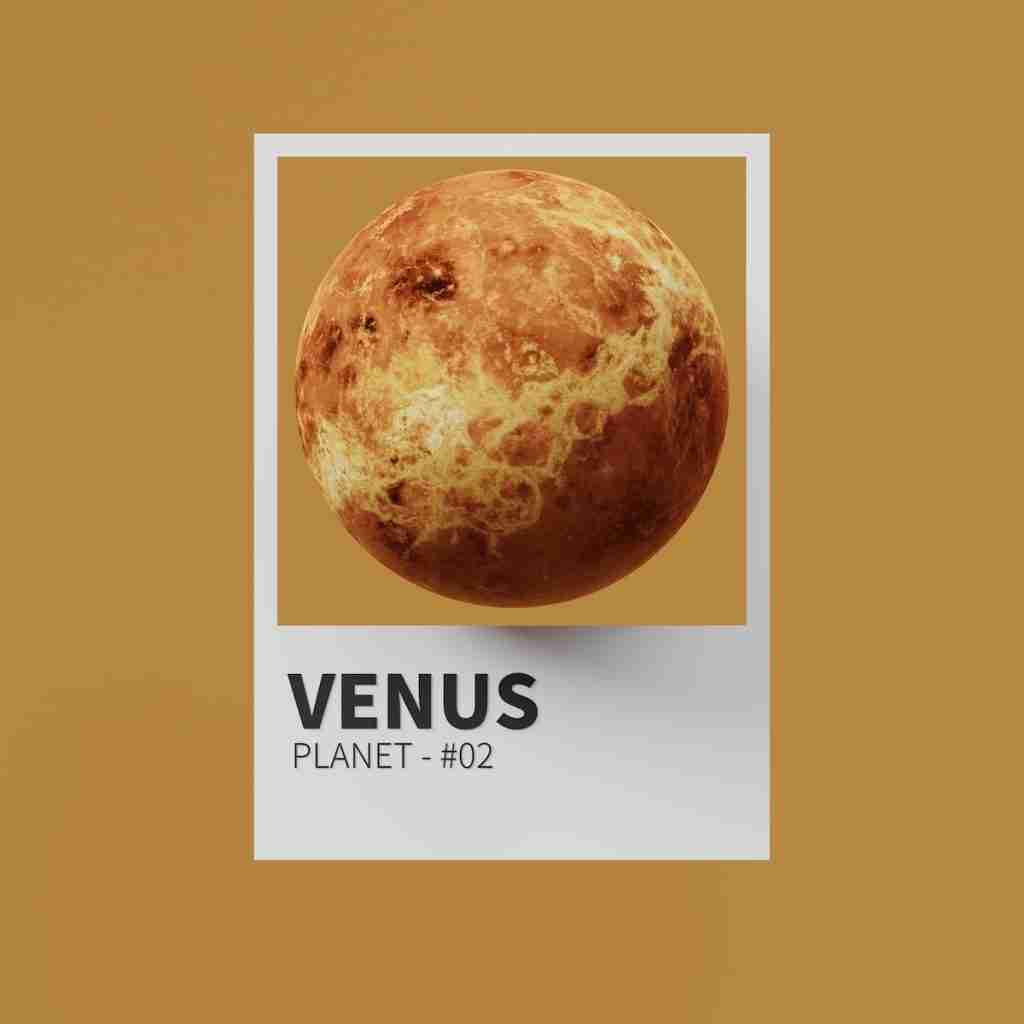
Snow-like substances have been found on Mars, and snowstorms have been observed on Venus.
This extraterrestrial snow is made of different materials like carbon dioxide or methane.
13. Snow can affect Earth’s climate.
Snow cover plays a role in Earth’s climate by reflecting sunlight, which affects global temperature patterns.
This reflectivity, known as albedo, is an important factor in climate studies.
14. Snowflakes’ descent speed varies.
The speed at which snowflakes fall varies depending on their size and the atmospheric conditions.
Larger, wetter snowflakes tend to fall faster than smaller, drier ones.
15. Snow can change the color of landscapes.
With its white blanket, snow dramatically changes landscapes, creating stunning and picturesque scenes.
This transformation can be observed in nature, urban settings, and art.
16. Some deserts experience snowfall.
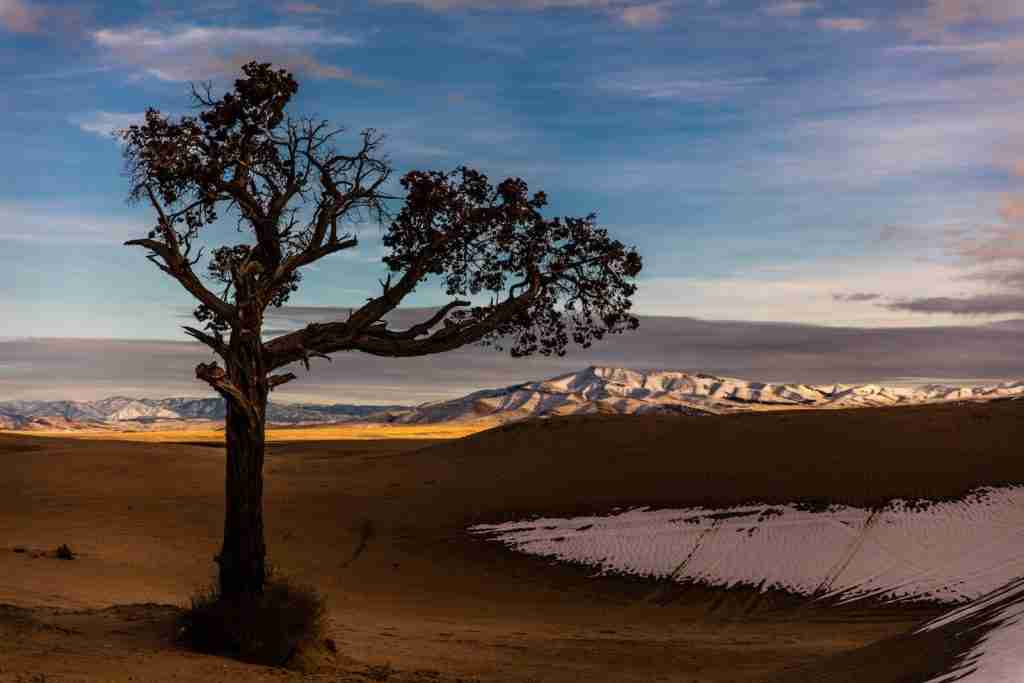
Despite their dry conditions, some deserts, like the Sahara, have experienced rare snowfall events.
This unusual occurrence highlights the diversity of weather patterns on Earth.
17. The fastest snow sled speed recorded was over 83 mph.
The fastest recorded speed on a snow sled is 83.49 mph, achieved in 2015.
This extreme speed shows the potential for thrill-seeking activities in snowy environments.
18. Snow helps regulate Earth’s temperature.
Snow cover helps regulate the temperature of the Earth’s surface, playing a role in the planet’s energy balance.
This regulatory effect is crucial for maintaining global climate systems.
19. Animals adapt to snow in various ways.
Many animals have adapted to snowy environments, developing behaviors and physical traits to survive in the cold.
These adaptations include changes in fur, migration, and hibernation strategies.
20. Thundersnow is a rare phenomenon.
Thundersnow is a rare occurrence where thunder and lightning happen during a snowstorm.
This phenomenon typically occurs in strong, fast-moving systems.
21. Snow can create natural sound barriers.
Snowfall can reduce noise pollution by creating natural sound barriers.
This effect is particularly noticeable in urban areas after a heavy snowfall.
22. Snowflakes’ size is influenced by temperature and humidity.
The size and shape of snowflakes are directly influenced by the temperature and humidity in the atmosphere.
Different conditions lead to a variety of snowflake designs.
23. Snowflakes are not always symmetrical.
While snowflakes are known for their symmetry, they can be asymmetrical due to varying environmental conditions during their formation.
This asymmetry is less common but adds to the diversity of snowflake shapes.
24. Artificial snow is used in ski resorts.
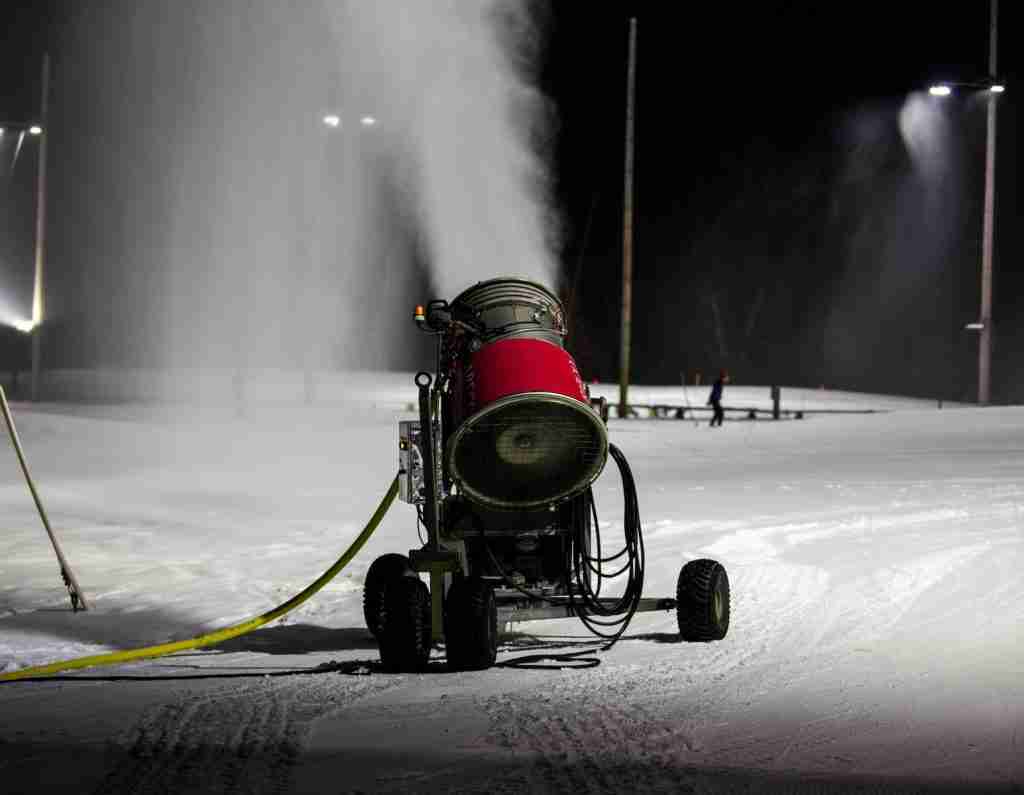
Many ski resorts use artificial snow, made by snow machines, to maintain good skiing conditions.
This man-made snow is created by spraying water and compressed air into the cold air.
25. Snow can occur at temperatures above freezing.
Snow can fall even when ground temperatures are above freezing if the upper atmosphere is cold enough.
This situation often leads to a rapid melting of the snow upon contact with the ground.
26. Snow has inspired countless artworks and literature.
Snow has been a source of inspiration in art and literature, symbolizing purity, tranquility, and the stark beauty of nature.
Its influence can be seen in poetry, paintings, and stories across cultures.
FAQs
The snowy owl is a large, Arctic-dwelling bird known for its white plumage. It has superb hunting skills and is adapted to survive in cold environments.
Snow leopards are elusive big cats inhabiting mountainous regions in Asia. They are known for their beautiful spotted coat and are classified as a vulnerable species.
The 7 dwarfs are characters from the fairy tale “Snow White.” They are named Dopey, Grumpy, Sleepy, Happy, Bashful, Sneezy, and Doc, each with unique personalities.
The dwarfs, such as Grumpy and Sleepy, are characters from the fairy tale “Snow White and the Seven Dwarfs.” They befriend Snow White in the story.
Yes, snowy owls have fascinating facts, such as their ability to withstand extreme cold and their unique hunting techniques. They are well-adapted to life in the Arctic.

